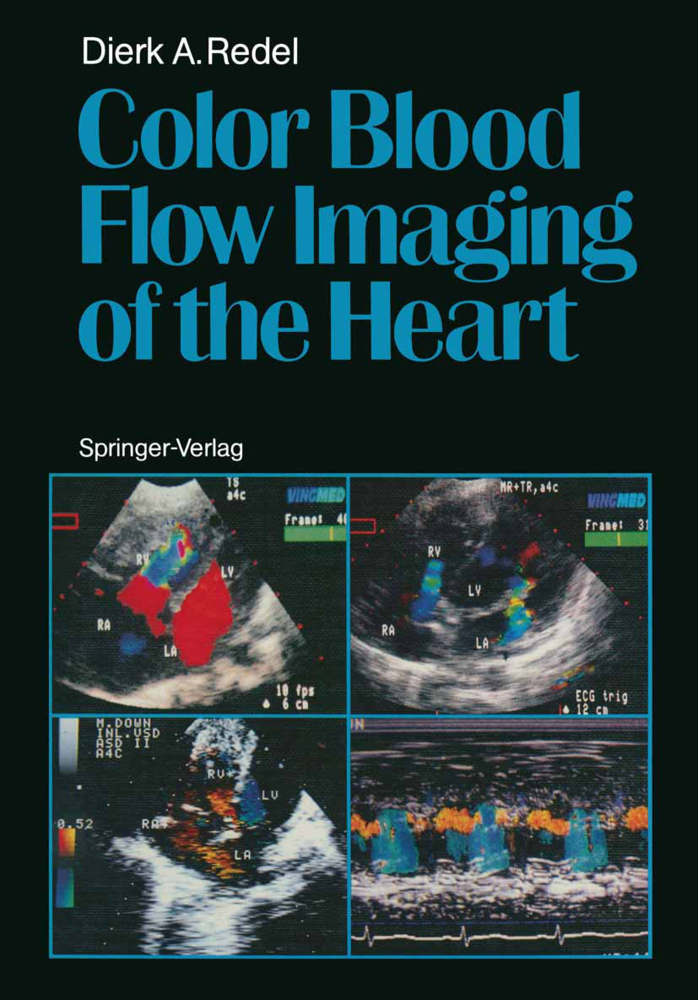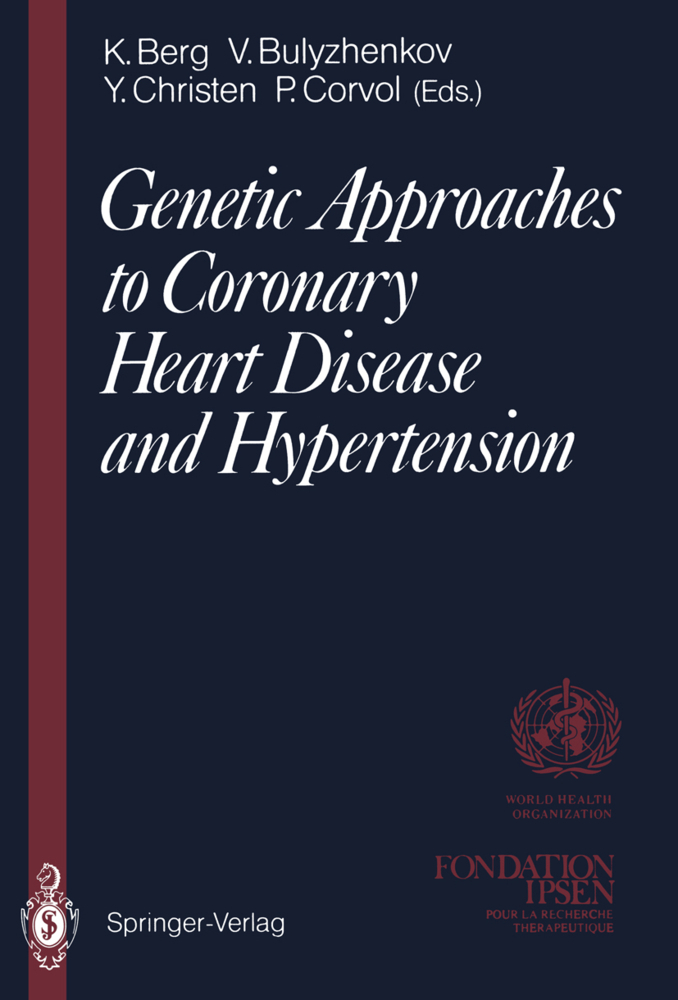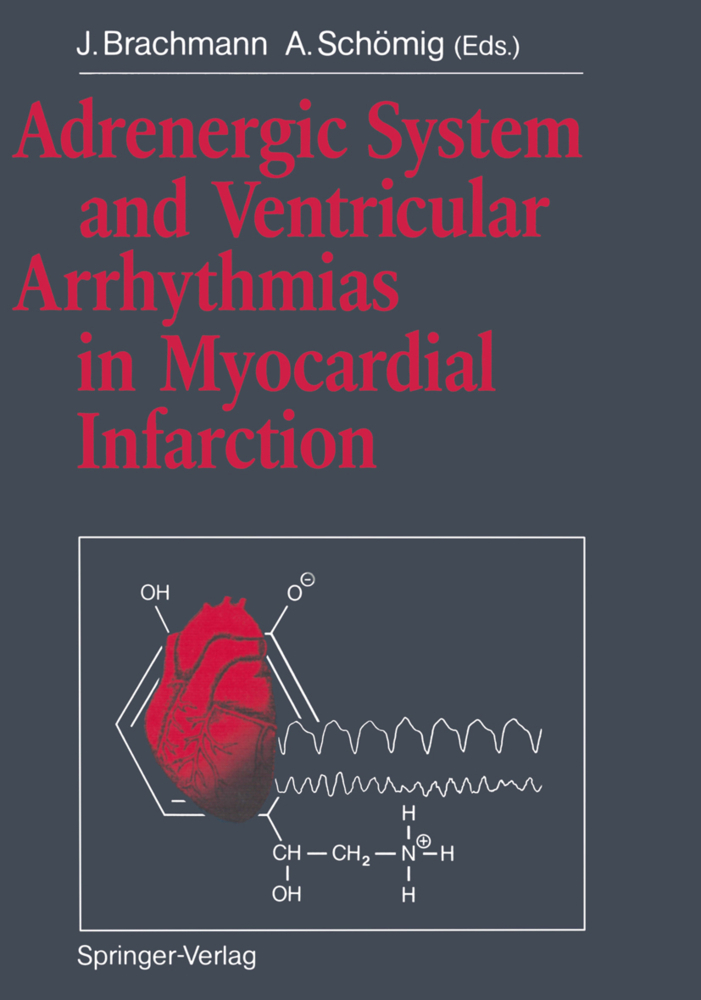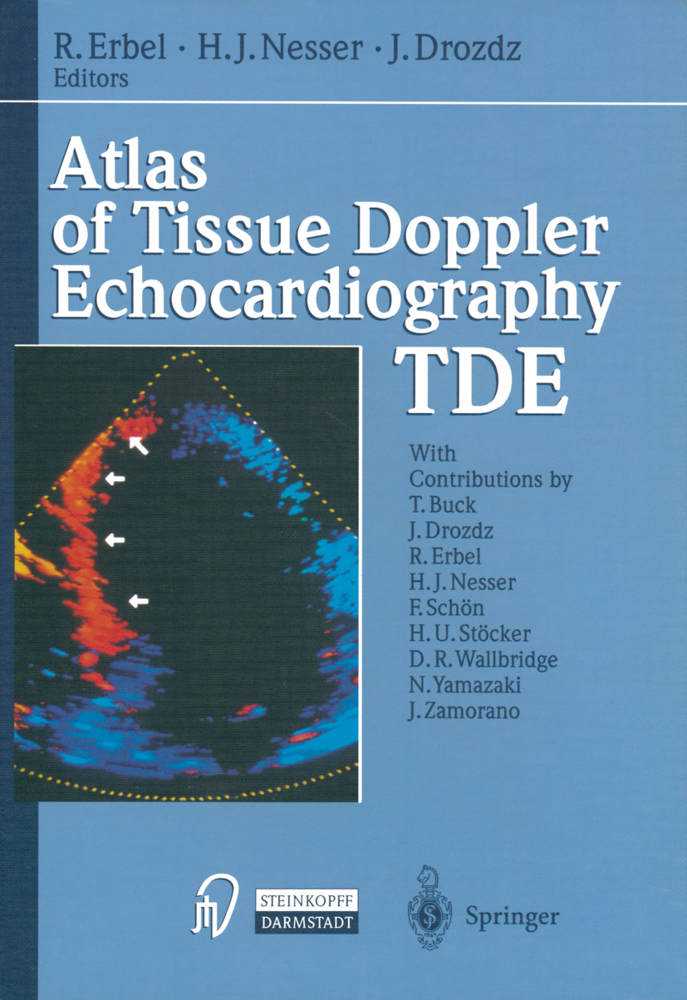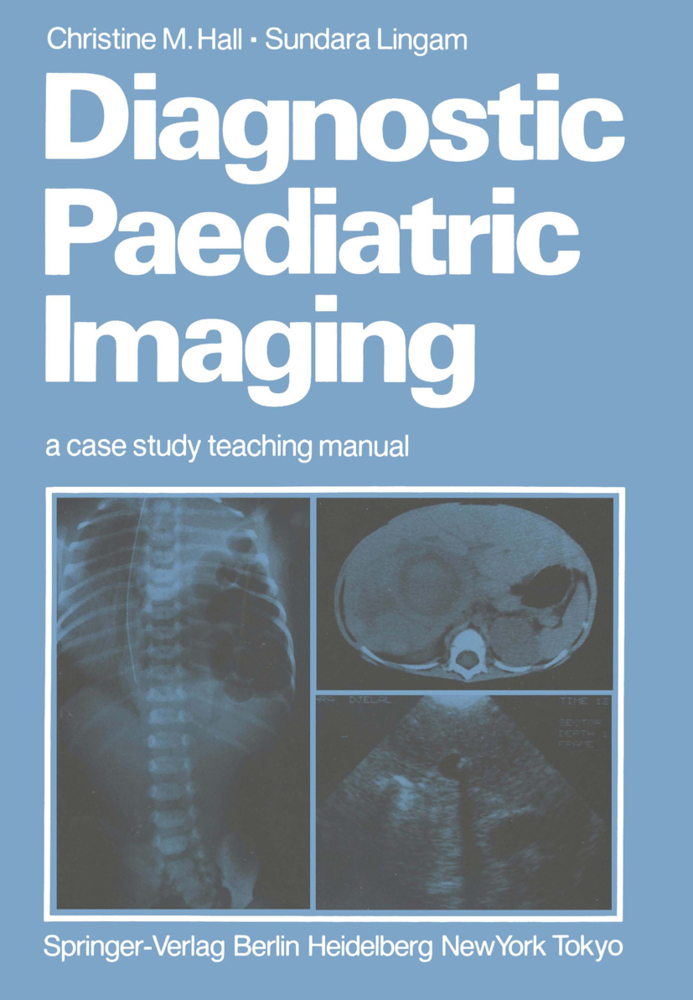Color Blood Flow Imaging of the Heart
Color Blood Flow Imaging of the Heart
Just a very few years after Edler and Hertz had described the clinical use of M-mode echocardiographyl Satomura reported the application of Dop 2 pler ultrasound to the study of cardiac function. Yet Doppler ultrasound has been integrated into diagnostic practice in cardiology much more slowly than conventional (M-mode and two-dimensional) echocardiogra phy. Now, however, tremendous growth in the interest of clinicians in the diagnostic use of Doppler ultrasound can be observed and may in fact be due to the recent advent of color flow imaging. The reason for this growth may be that this method makes it possible to directly visualize the blood flow in the cardiovascular system in cross-sectional views. Moreover, the results are reproducible and much easier to understand than the older mapping techniques using a single-gate Doppler. In its short existence many different names have been used to describe this method, for instance, color Doppler, color flow imaging, real-time two-dimen sional Doppler echocardiography, and Doppler flow imaging. This diver sity reflects the large interest that many researchers have shown in this method. The technical development of color blood flow imaging (CBFI) - as this method will be called in this book - has not yet reached a universally accepted standard of performance in cardiology. Despite this state of flux and the uncertainty about future developments, I think it is justified to dedicate an entire book to this fascinating method.
2 Principles of Color Blood Flow Imaging
2.1 Acquisition of Blood Flow Data
2.2 Color Encoding
2.3 Color Aliasing
2.4 Sensitivity of CBFI
3 Artefacts in Color Blood Flow Imaging
3.1 Reverberations
3.2 Mirroring
3.3 Wall Motion Artefacts
3.4 Inappropriate Transducer Position
3.5 Distortion of Flow Velocity Display
3.6 Azimuth Artefacts
4 Color Display of Blood Flow Velocities
4.1 Physiological Flow with Flat Profile
4.2 Physiological Flow with Non-Flat Profile
4.3 Convective Acceleration
4.4 Streamline Separation
4.5 Angle Dependency of CBFI
4.6 Disturbed Flow
4.7 Differentiation of Flow Velocities from Wall Motion
5 Physiological Flow Velocity Patterns in the Cardiovascular System
5.1 Left Atrium and Pulmonary Veins
5.2 Mitral Valve
5.3 Left Ventricle
5.4 Aorta (Ascending, Arch, Descending)
5.5 Right Atrium and Caval Veins
5.6 Tricuspid Valve
5.7 Right Ventricle
5.8 Pulmonary Artery and Main Branches
6 Blood Flow Velocity Patterns in Heart Disease
6.1 Shunts at or Above Atrial Level (Pretricuspid Shunts)
6.2 Shunts at Ventricular Level (Post-tricuspid Shunts-1 -)
6.3 Shunts at Arterial Level (Post-tricuspid Shunts - 2 -)
6.4 Abnormalities of the Left Ventricular Inflow
6.5 Abnormalities of the Left Ventricular Outflow and the Aorta
6.6 Abnormalities of the Right Ventricular Inflow
6.7 Abnormalities of the Right Ventricular Outflow
References.
Preface
1 Introduction2 Principles of Color Blood Flow Imaging
2.1 Acquisition of Blood Flow Data
2.2 Color Encoding
2.3 Color Aliasing
2.4 Sensitivity of CBFI
3 Artefacts in Color Blood Flow Imaging
3.1 Reverberations
3.2 Mirroring
3.3 Wall Motion Artefacts
3.4 Inappropriate Transducer Position
3.5 Distortion of Flow Velocity Display
3.6 Azimuth Artefacts
4 Color Display of Blood Flow Velocities
4.1 Physiological Flow with Flat Profile
4.2 Physiological Flow with Non-Flat Profile
4.3 Convective Acceleration
4.4 Streamline Separation
4.5 Angle Dependency of CBFI
4.6 Disturbed Flow
4.7 Differentiation of Flow Velocities from Wall Motion
5 Physiological Flow Velocity Patterns in the Cardiovascular System
5.1 Left Atrium and Pulmonary Veins
5.2 Mitral Valve
5.3 Left Ventricle
5.4 Aorta (Ascending, Arch, Descending)
5.5 Right Atrium and Caval Veins
5.6 Tricuspid Valve
5.7 Right Ventricle
5.8 Pulmonary Artery and Main Branches
6 Blood Flow Velocity Patterns in Heart Disease
6.1 Shunts at or Above Atrial Level (Pretricuspid Shunts)
6.2 Shunts at Ventricular Level (Post-tricuspid Shunts-1 -)
6.3 Shunts at Arterial Level (Post-tricuspid Shunts - 2 -)
6.4 Abnormalities of the Left Ventricular Inflow
6.5 Abnormalities of the Left Ventricular Outflow and the Aorta
6.6 Abnormalities of the Right Ventricular Inflow
6.7 Abnormalities of the Right Ventricular Outflow
References.
Redel, Dierk A.
| ISBN | 9783642711749 |
|---|---|
| Artikelnummer | 9783642711749 |
| Medientyp | Buch |
| Auflage | Softcover reprint of the original 1st ed. 1988 |
| Copyrightjahr | 2011 |
| Verlag | Springer, Berlin |
| Umfang | 130 Seiten |
| Abbildungen | VII, 130 p. |
| Sprache | Englisch |

